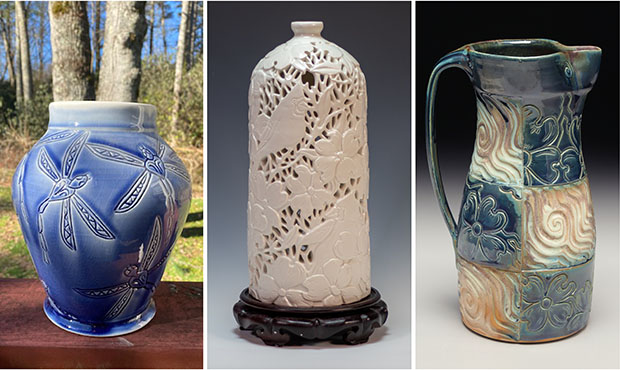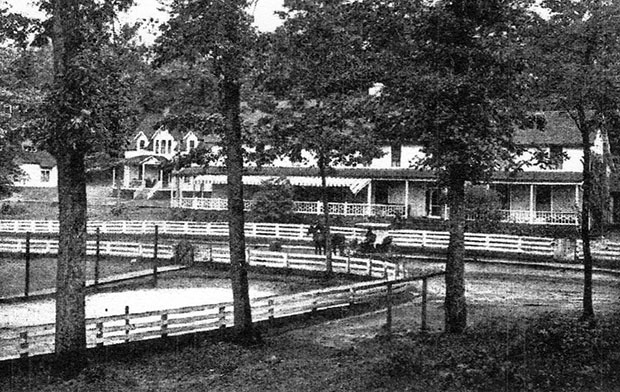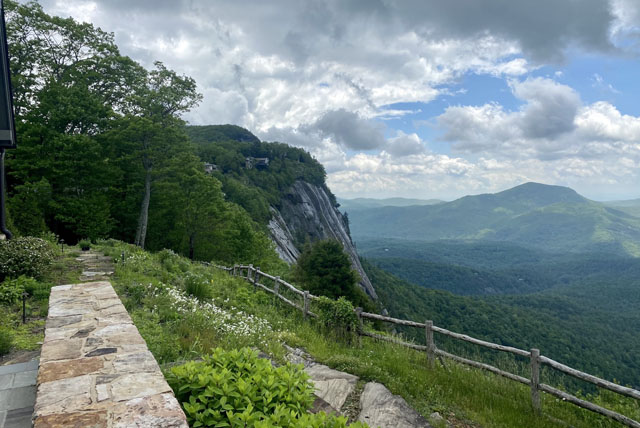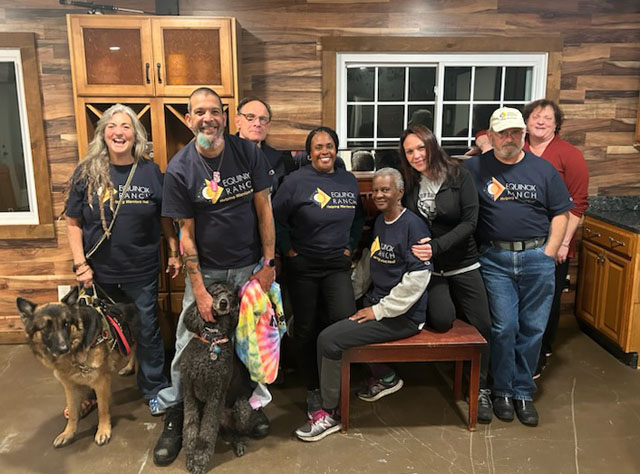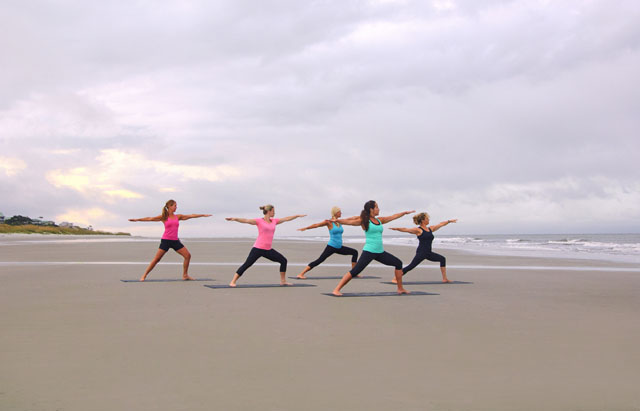Yoga for Everyone
02 Jun 2020
Y.our O.utstanding G.rowth A.waits
Written With Heart By
NOELLE HOLLAND, WELLNESS DIRECTOR AT THE CULLASAJA CLUB
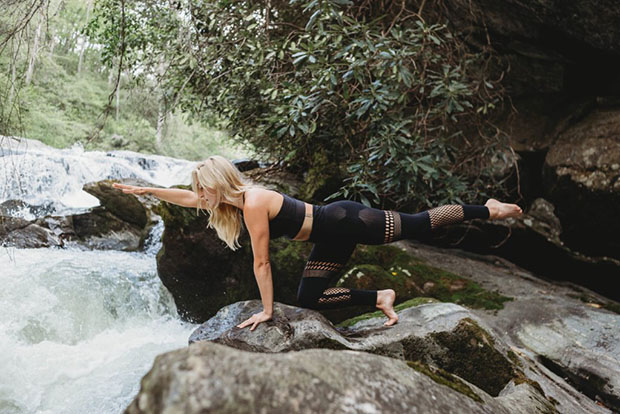
"If you can breathe, you can do yoga" -Krishnamacharya
Think about your internal conversation, your breath, your heartbeat... All have rhythm, and when you practice yoga, these rhythms begin to synchronize. You then receive an invitation to heal physically and emotionally. Whether you accept and go to the deeper layers of your being or stick to the physical aspects of yoga is your choice each time you come to the mat.
Motivation to practice
So many are intimidated by yoga because it is not easy, no matter your reason for practicing. The most common misconception is that you have to be flexible to do yoga. Flexibility is not the goal, rather a benefit. You can practice yoga for 20 years and still have tight muscles based on your anatomy. Most of the poses will have to be modified to work for your body, and some you will never be able to complete. There is no right, wrong, pass, or fail in yoga. The goals are to send breath to places that need to breathe. To better understand and respect our body's boundaries and limitations. To appreciate our humanity and the phases of our lives. To acknowledge that our minds constantly make noise, and ultimately to practice compassion so that we can love ourselves and others more. For example, I use yoga to heal emotional trauma, as a form of physical therapy, for acrobatic purposes, to build lean muscle and to deepen my relationship with gratitude. All that being said, yoga is whatever you need it to be for you on any given day.
The science of it all
Yoga is an ancient Indian practice dating back to 3,000 BCE and its foundation is philosophy. Yoga began as a spiritual practice and has evolved into a very popular technique of mental and physical health.
Yoga reduces grey matter within your mind that could potentially manifest into disease. The complete science of yoga is extremely complex, but I will share a tiny bit of insight. The amygdala is two almond-shaped halves located near the center of the brain. It is a part of the limbic system which controls our memories and emotions. The amygdala plays a big role in building and storing our memories. It also activates emotions that we feel about our memories through our senses. Yoga poses are designed to arouse our emotional patterns involving our memories. When we are emotionally triggered, we go to our memories and feel them once again. When we breathe into these emotions, they become less of a threat to our well-being, and over time we can become liberated from emotional pain. This doesn't mean that we never feel our past traumas, just that we have more compassion for what we have experienced in our lives. A peaceful life begins with being able to find the peace within.
The body and yoga
The two main elements of yoga are the asanas (Sanskrit meaning "seat") and pranayama (Sanskrit meaning "extension of the life force").
The asanas are the physical poses and include the pose itself and the entire execution of the pose from start to finish. The poses stimulate your glands, muscles, blood flow and nerves. By increasing your circulation, blood flow sends nutrients to your muscles causing them to function properly, heals tissue and builds strength. Muscle damage occurs when our lifestyles are too active or too inactive. When we do not stretch, our muscles become contracted and we can feel sore, tight and stiff. Practicing yoga regularly will help you become more flexible, reduce inflammation and help you learn to better utilize your muscles instead of your joints. Muscles are designed to take the pressure off our joints during movement. This vital function is often ignored. I see many people suffering from daily activity because they do not know how to utilize their bodies. The mind-body connection you attain through yoga can leave you feeling like the captain of your own ship.
Pranayama is conscious breath control. When we breathe we take in oxygen and prana. Prana is the power of life that flows above, below, through and all around us. It is the energy between each atom in the universe. When you guide your prana using your breath, you can find relaxation and connect to your peace, and increase the detoxification process and immunity. The breath becomes a meditation that physically relaxes you so that your body can experience the poses with less tension and more ease. As a society, we take shallow, quick breaths due to our stress levels. Breathing too quickly is a mild form of hyperventilating and creates anxiety and pain both in body and mind. A deep chest expanding inhale and a slow and gentle abdominal contracting exhale have a calming effect on our health and all of the body's systems.
Yoga in nature
We are so blessed to live and visit this sacred plateau. These mountains are some of the oldest in the world and possess a magic that is indescribable. From the plethora of waterfalls, wildlife, lush forests and undulating landscapes, we have the idyllic spaces for healing and personal growth. Nature inspired yoga. These poses are mostly named after animals and the way they move. Our bodies are small eco systems that contain the five elements of the physical world -Earth, Fire, Water, Air and Ether. Time spent in nature has been shown to reduce the stress hormone cortisol and helps the body build cells that ward off dis-ease. We are not separate from nature. We are rooted in nature. Nature exists for our pleasure. Take your yoga outside and play!
Community and yoga
When we gather and participate in a practice that elevates positive energy, the community becomes more loving. Technology tries to convince us that we do not need to connect outside of the digital realm. True connection happens in person and is more important to our survival than we could ever imagine. Find a studio that promotes unconditional love and healthy relationships. Unite with people and transcend the boundaries OUR world creates and use yoga to heal YOUR world on and off the mat.

